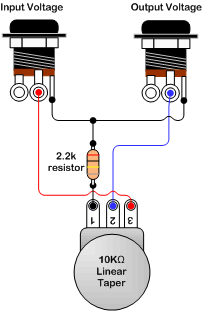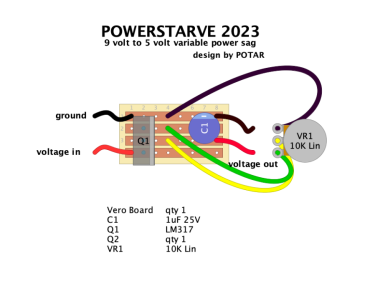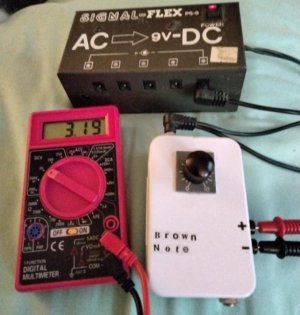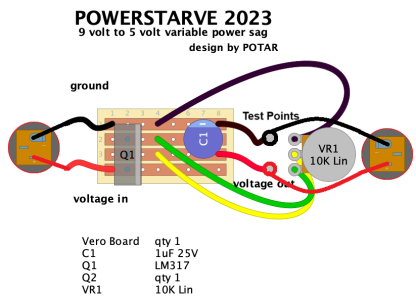AniML
New member
I've seen a few different basic circuit designs, including a simple pot between dc in and dc out (current drop), similarly a pot but adding a resistor to ground (the "Beavis" voltage divider) and one which employs an LM317.
I am interested to experiment with the first two. I am curious before I start, would combining the current drop with the voltage divider in series or parallel result in anything interesting ?
I can solder just fine, but my circuit designs/ understanding knowledge is minimal. Thanks
I am interested to experiment with the first two. I am curious before I start, would combining the current drop with the voltage divider in series or parallel result in anything interesting ?
I can solder just fine, but my circuit designs/ understanding knowledge is minimal. Thanks




